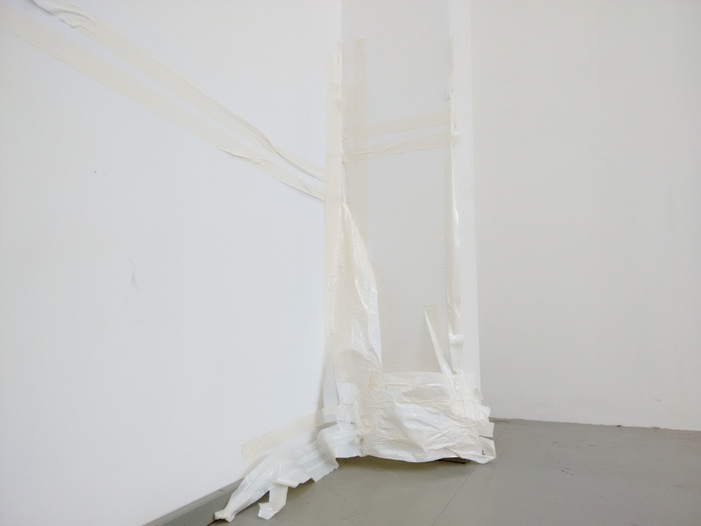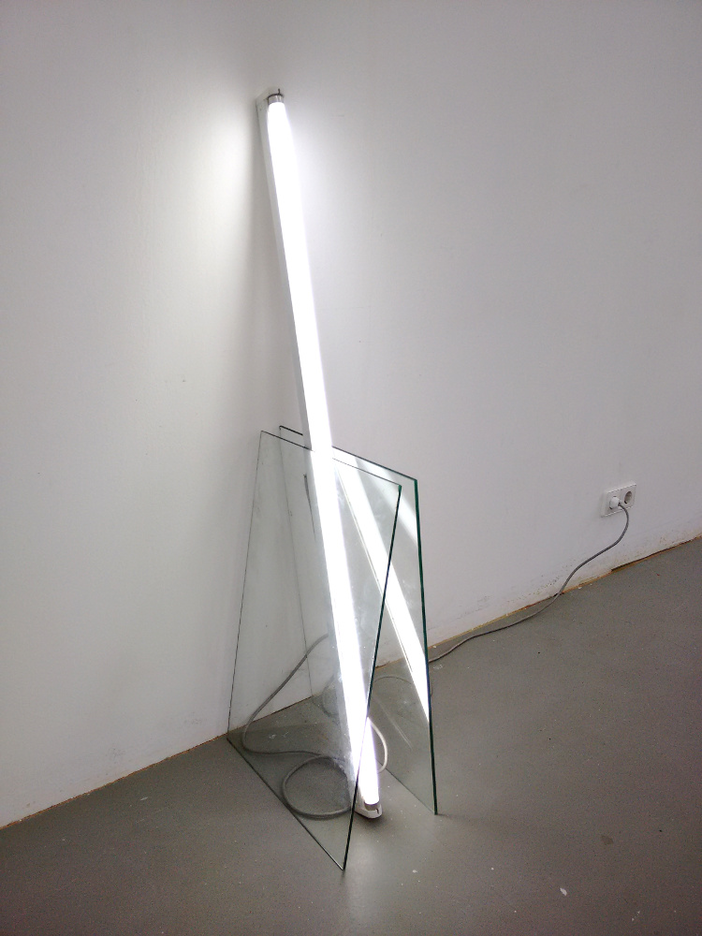Materializing
Hence, I would propose to understand material as something that emerges through usage. Usage is an act that frees the material from its passive existence in human perception, from the mere being-object.
Perhaps I should be more specific at this point: Objects are separate from us. They exist on their own and have, as long as they are perceived as such, no connection with us. They are independent. Things are a different situation. They create connections. When I look at a thing, examine it, put it in a specific place, assign a meaning to it, then a connection emerges between me and the thing, between the thing and a reference system, a place, and so forth. Things are thus knots of relations and relationships—in Germanic it was not for nothing that “thing” was the term for a gathering place: “[...] the thing has the character not of an externally bounded entity, set over and against the observer, but of a knot whose constituent life-lines, far from being contained within it, continually trail beyond, only to mingle with other lines in other knots”.(8)
In my interpretation material now resides between thing and object. It is neither independent like the object, nor is it an already tied knot of relationships like the thing. Material is in flux, connections and potentials still have to be explored through usage. Material has to be used.
0 Relations
|---|///////////////////////////////|---->
Object Material Thing
However, using something also means acknowledging specific qualities of the material and thus its capacity to act, which always correlates with other components of the action (e.g. the acting subject). What does this mean? A classic example would be, for instance, to ask what kind of material is suited for a sculpture. Simply put, one could say that only wood or stone were usually considered for such a purpose in the past. The decision which material it would be in the end was determined by its capacity to act: Although stone was more expensive and harder to work with, its capacity to resist the enduring ravages of time and weather often gave it the advantage. But this could only happen in connection with the acting subject—the decision-maker who was aware of this capacity.
As mentioned above, usage is also intertwined with a temporal component: In keeping with the proposed interpretation, when the time for usage has not arrived yet or is already past we cannot speak of material anymore. It becomes matter, a thought, thing, work, etc.—a completely differentiated something, which can be precisely defined because—in human perception—it is in a state of rest, of being-finished, or, before usage, of being-not-yet-material.

